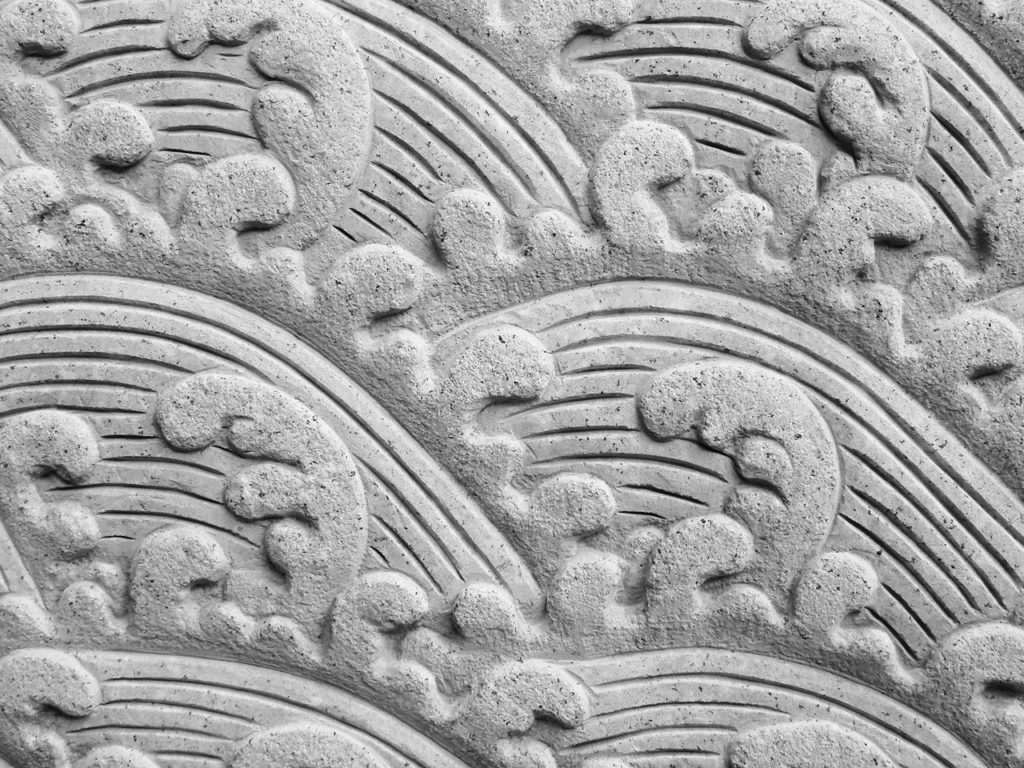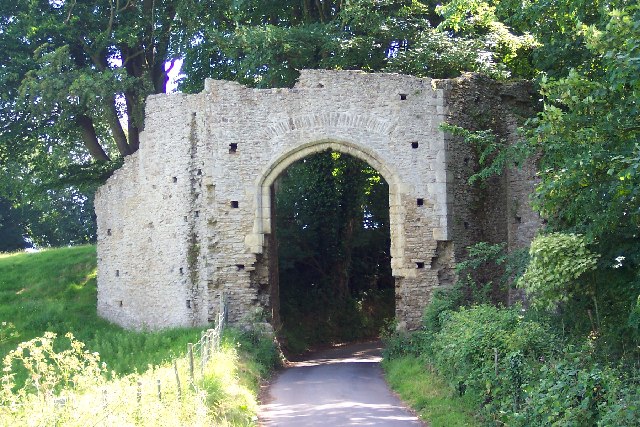Winchelsea is a small, quaint town in the county of Sussex, located between the High Weald and the Romney Marsh. Winchelsea was founded in 1288 to replace the original town called Old Winchelsea that was lost to sea. From being founded as an old Saxon fishing settlement to becoming one of the major ports of the region and getting inducted into a select group of the Confederation of Cinque ports. What was this confederation of Cinque Ports, you ask? This was an alliance of Sussex and Kent ports that was formed in Saxon times. Its primary objective was to provide ships and men to the Crown in times of war. And doing this had certain benefits too. Old Winchelsea was given certain privileges as a member of this group such as their own courts, exemption from royal taxes, the right to tax goods passing through their ports, and the right to wrecks and salvage. It is now mainly a beach town and exists a remnant of the old times.

This was something a little different about this place, from first glance. It was on the beach. That’s definitely the first differentiator. Though it’s what is on the beach that makes it quite an interesting little town. But first, I’ll give you a little context.
Winchelsea is on the banks of the rye bay, which is essentially a sea for all practical purposes. The sea is a beautiful turquoise blue, clear as glass with spots of black rock dotting the seabed. As inviting as the sea might look, there’s more than meets the surface.
Now the sea here tries as hard as it can to move the sand and pebbles down the coast. We don’t know why but it does and has been doing so for as long as we can remember. And most of these pebbles end up in the vast pebble wasteland at Dungeness. The city officials tried to stop this by building Groynes. A gyrone is an age-old invention. It is built with the ocean bank to interrupt the flow of water and limits the movement of sediment. It is usually made out of wood, concrete or stone.
Over time, the constant beating of the sea against these structures ground them down into fantastic shapes.
The sculptures are unlike anything I’ve ever seen before. They look like the unfinished wares of a master potter, who got up to make some tea and never came back to finish. The constant battering of the sea has shaped the gyrones into avant-garde art. Who knew? Now these man-made objects crafted by nature line the beach of Winchelsea, like a grand welcome to an alien life force that might see us from up above. The sculptures themselves are hard to describe since there was no real pattern to how they came to be in the shapes that they have ended up. My favourite was a wooden one that looked like it had a small head of a bird on the top. Its ears were protruding upwards as it looked down in a mark of respect. There were arbitrary holes with wrinkles emanating from it, which gave the sculpture as really old, weathered look. The top of the sculpture had a design on concentric circles, which was really amazing to see. How the sea managed to do that, I have no idea.

Some looked like flag poles that had been cut in half and smoothened with sandpaper to create a wonderful rounded edge on the top. I saw one that looked like a modified chair, which was really quite perfect to sit on. I did try if you’re wondering and it was pretty comfortable too. Some of the pieces had rocks and pebbles that acted as accessories and filled themselves into hard to get into crevices. They were accouterments to simple designs and the added elements looked great.
The sculptures have drawn people from all over Sussex and even England, curios to see this dichotomy of man vs wild. The gyrones were put there to prevent the sea from eroding the land on the beach. Instead it shaped them into beautiful little statues. The sculptures have transformed the entrance of Winchelsea, providing an interesting sight to all those that enter this tiny town. The sculptures are definitely one of the most interesting naturally occurring phenomenon in the South of England but that’s not all.
Key sections of the town wall, those near to the Strand and Ferry Gates, were built of stone and were crenellated. They were strong and sturdy and did their job very well when required. The rest of the walls were earthworks, possibly with wooden palisades. Little remains of the town wall though and only sections of the fortifications still exist.
The various gates around the city it a lovely old world, medieval feel. The Strand gate leads you into the city and is the main entrance into town. It was built in 1300 to protect the entrance from the harbour at the bottom of Strand Hill. It was at least a third higher than it is today. There was a small porter’s lodge inside the northeastern tower. The town wall joined the northwestern and southeastern towers and added a layer of defence to the wall. The Strand Gate incorporated decorative stonework, some of which is still visible and shows us the importance of this section.

The Ferry Gate was built to defend the entrance from the road to the ferry across the Brede. It was therefore less important than the Strand Gate and was thus plainer in construction. It did not have the decorative additions that its counterpart had. It was badly damaged in the Franco-Castillian raid of 1380. It was to have been repaired in about 1400 by then Mayor John Helde, whose name and crest can still (faintly) be seen above the gateway.

The New Gate was the last town gate to be completed. It was finished in 1330. It is not known why, but it was subsequently substantially altered. It guarded the southern entrance into the town and now stands on its own in Wickham Rock Lane. The gate is impressive in size but obviously utilitarian in make and construction. The gate was built at an angle formed by the connecting town walls. The New Gate gained fame as the gate through which the French and Castillians entered in 1380. The used the aid of treachery to permeate and fool their enemies.
With so much history and art to soak in, what are you waiting for? Book your tickets now and come experience the fun!

